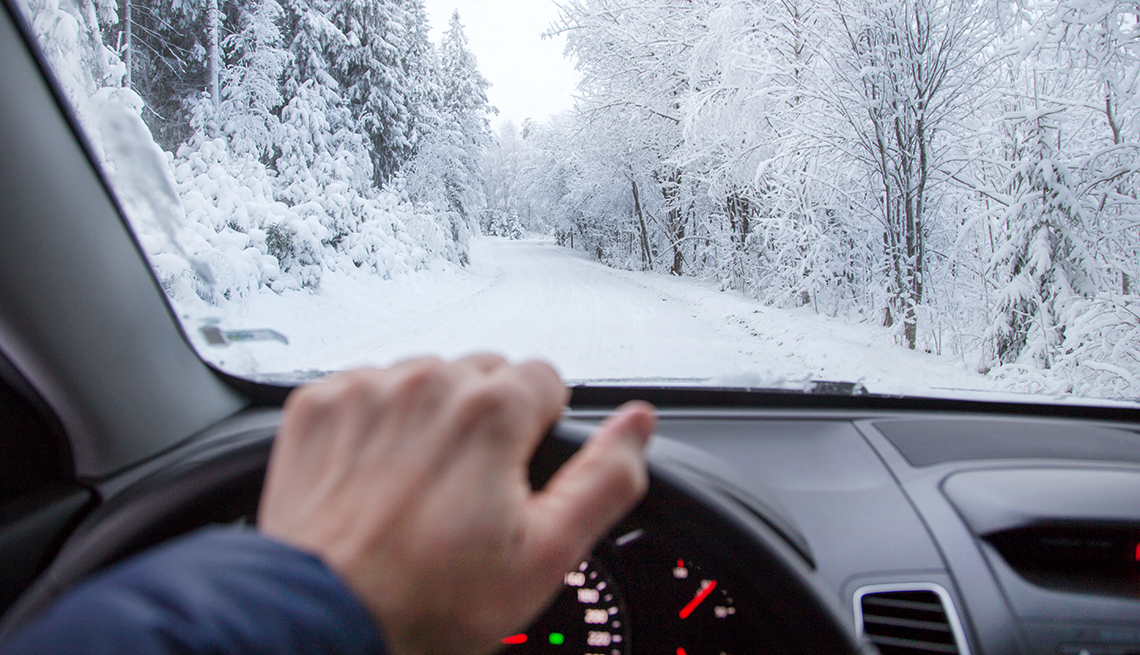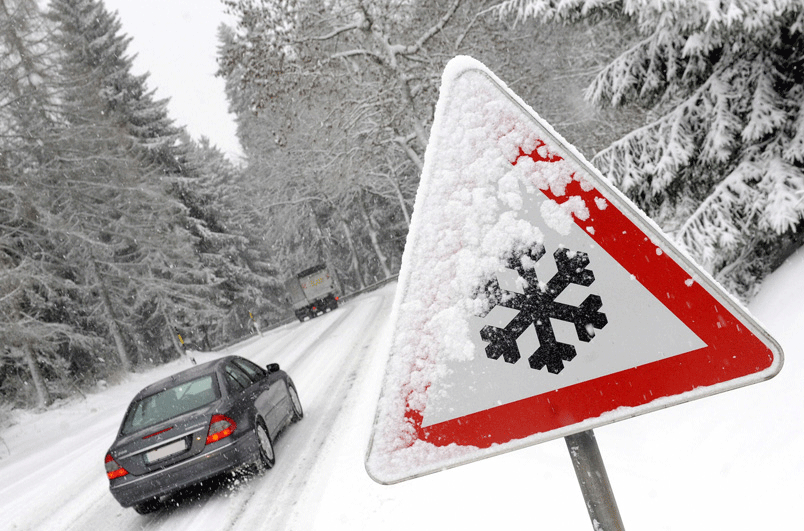3 Tips for Anxious Drivers
Millions of drivers suffer from driving anxiety across the world. After all, with the number of car accidents that occur every day, it’s no wonder why some people would feel uneasy getting behind the wheel. Statistics show that the older you get, the less comfortable you feel driving. As such, people over the age of 70 may be some of the most susceptible to driving anxiety.
Anxious drivers may range from experiencing mild uneasiness while driving to full-fledged panic attacks. Regardless of which extreme you’re on, the fact still remains the same—panic and worry doesn’t help anything, particularly when driving. Here are some of the most practical tips for helping you stay cool and collected while driving in your car.
Practice Deep Breathing
One of the most effective methods for overcoming anxiety, whether you’re driving or taking a test, is deep breathing techniques. The more rapidly you breathe, the more the panic will set in, and the less oxygen will reach your brain. So, to avoid rapid breathing, take deep breaths, allowing your stomach to rise and exhale, and letting your stomach relax.
Make sure your breaths are slow and intentional, inhaling through your nostrils and exhaling out of your mouth. This controlled and mindful practice of breathing will help you lower your heart rate and decrease your stress levels. You’ll be much more capable of anticipating dangers and will have faster reaction times.
Know Your Car
You can think of your car as an extension of your body. Instead of seeing yourself as a passenger inside of a large machine, see the car as a part of you. Get to know all of the controls and features so that you know what to do in every situation.
Get to know how your mirrors are adjusted, how to use the turn signals, and how to put on the emergency brake. Do you know how to turn on your fog lights? The more familiar you are with the ins and outs of your car, the more confident you’ll feel driving in any condition.
Use GPS
One of the biggest causes of driving anxiety is not being familiar with your route. As soon as anxious drivers step outside of their typical comfort zone, they tend to panic. GPS can be extremely helpful for helping you not only plan your routes in advance but anticipate any one-way roads, stop signs or traffic jams. Ideally, your GPS should be voice-controlled so that you don’t have to fiddle with screens or take your eyes away from the road. However, some newer cars have screens built into the dashboard, which can make it easier to glance at your GPS screen rather than on your phone.




